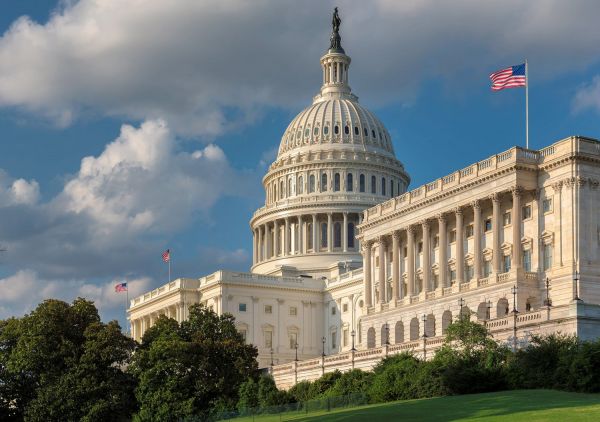WASHINGTON — President Joe Biden has signed a national security memorandum instructing federal agencies to identify threats to food security and agriculture and coordinate efforts to strengthen the security and resilience in the sector.
National Security Memorandum 16 supersedes a 2004 Homeland Security directive and provides presidential guidance to identify and assess the threats of greatest consequence; strengthen partnerships to enhance the resilience of the workforce; and coordinate the government to act more efficiently and effectively, and enhance preparedness and response.
On a call to reporters, a senior administration official said that the new memorandum would cover threats such as climate change as well as new threats that did not exist in 2004, especially cybersecurity, avian influenza and the impact of Russia’s invasion of Ukraine.
The White House pointed to the June 2021 cyberattack on JBS that forced the company to temporarily halt operations. Avian influenza also has forced USDA and states to euthanize more than 50 million egg-laying and broiler chickens, as well as turkeys, helping drive up the costs of groceries.
The White House held a briefing on Wednesday with agricultural groups, along with federal law-enforcement and homeland security officials. Colin Woodall, CEO of the National Cattlemen’s Beef Association, attended that briefing and NCBA “hailed” the signing of the memorandum.
“Our agricultural sector faces a variety of threats that could inhibit cattle producers’ ability to bring beef from pasture to plate,” Woodall said. “NCBA appreciates the Biden administration’s focus on identifying threats and developing new ways to mitigate them. Together, we can protect our industry while ensuring that all Americans have access to wholesome foods like beef.”
Woodall noted the industry briefing included discussion of key security issues such as a vaccine stockpile to prevent the spread of disease, as well as cybersecurity issues.
“I am particularly pleased to hear that the administration is making security and resiliency decisions based on data. These data-driven decisions are the ones we can support,” Woodall said.
Within the next six months, USDA, Health and Human Services and other federal agencies will assess the vulnerabilities in the food and agricultural sectors to determine credible threats and actions needed to counter them.
The new memorandum acknowledges that the private sector owns and operates the majority of the food and agriculture sector and, in conjunction with federal, state, local, tribal and territorial (SLTT) officials, is generally the first line of response when an incident happens.
The White House said the memorandum sets out to strengthen the resilience of the food and agriculture workforce, who are essential critical infrastructure workers, by:
— Refining and promoting the identification of, and guidance for, essential critical infrastructure workers in the food and agriculture sector to continue to work safely while supporting ongoing operations during high-consequence or catastrophic incidents.
— Supporting the development, provision and promotion of relevant education at all levels to train the existing workforce and build a pipeline of future essential workers.
A White House fact sheet said the memorandum “positions the federal government to develop, maintain, assess, enhance, and encourage the adoption of systems and activities that will harden the nation’s ability to prepare and respond to an agricultural incident.
The strategies will include more training for federal, state, local and tribal officials to respond to food and agricultural threats and adopt more diagnostic and reporting protocols.
The federal government will also enhance the National Veterinary Stockpile, which is the animal-health equivalent of the Secure National Stockpile. The stockpile includes animal vaccines, antivirals and supplies needed to respond to animal-disease outbreaks.
In another area, USDA and other agencies will strengthen plant disease response capability with the National Plant Disease Recovery System as well.
A senior administration official declined to address a question about whether the president’s budget would include more money to achieve the goals set out in the memorandum.
The fact sheet said the memorandum builds on actions USDA has taken in response to an executive order on supply chains Biden put forward in February 2021.
— Fact Sheet: https://www.whitehouse.gov/…












